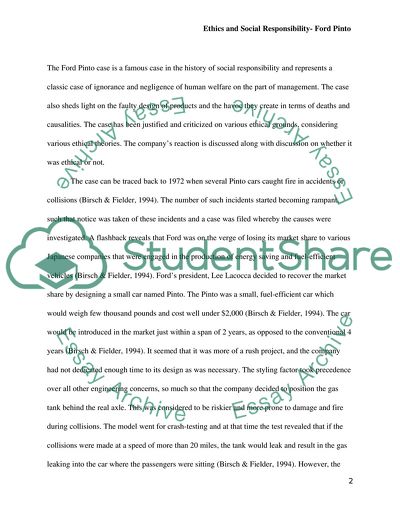Cite this document
(Ethics and Social Responsibility: Ford Pinto Term Paper, n.d.)
Ethics and Social Responsibility: Ford Pinto Term Paper. Retrieved from https://studentshare.org/social-science/1766567-love-concept-relating-to-ethics-and-social-responsibility-business-ethics
Ethics and Social Responsibility: Ford Pinto Term Paper. Retrieved from https://studentshare.org/social-science/1766567-love-concept-relating-to-ethics-and-social-responsibility-business-ethics
(Ethics and Social Responsibility: Ford Pinto Term Paper)
Ethics and Social Responsibility: Ford Pinto Term Paper. https://studentshare.org/social-science/1766567-love-concept-relating-to-ethics-and-social-responsibility-business-ethics.
Ethics and Social Responsibility: Ford Pinto Term Paper. https://studentshare.org/social-science/1766567-love-concept-relating-to-ethics-and-social-responsibility-business-ethics.
“Ethics and Social Responsibility: Ford Pinto Term Paper”, n.d. https://studentshare.org/social-science/1766567-love-concept-relating-to-ethics-and-social-responsibility-business-ethics.


